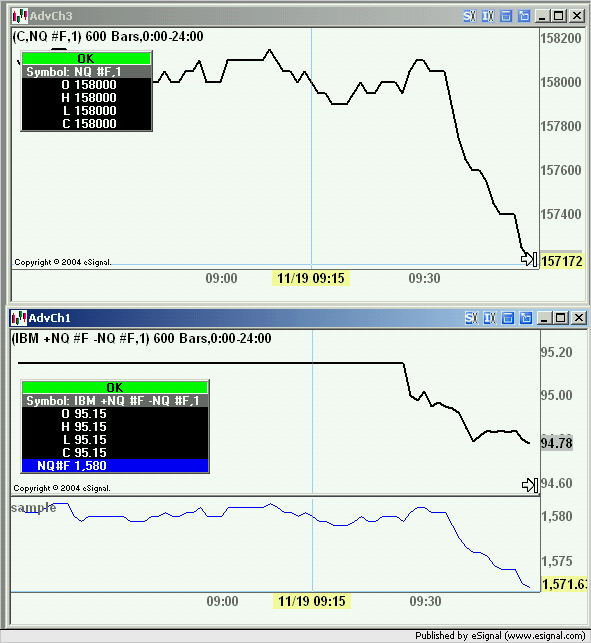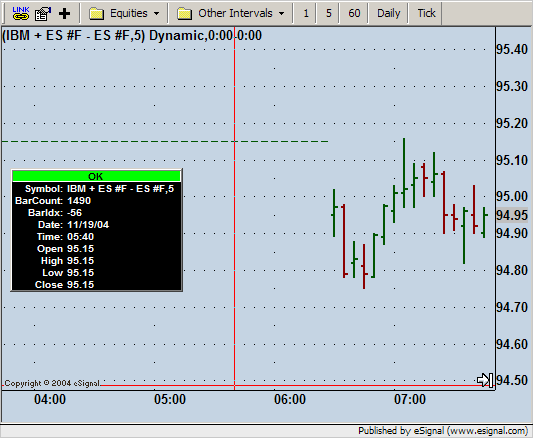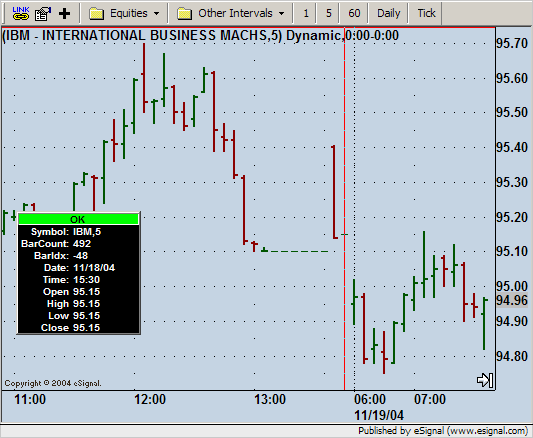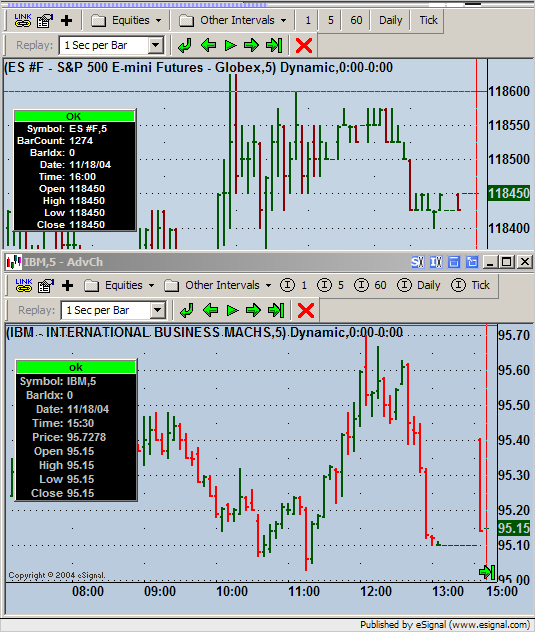I use C# (and several other languages) in my code development and they have plenty of debug tools like breakpoints etc. where you can examine values.
I'm really struggling to debug some EFS script and the only tool that I can find is debugPrintln() and I've been using that everywhere but it's fairly limited and I'm looking for something more useful.
Is there a thread or link or resource for debugging tips for EFS scripts / java scripts?
The problem that I'm experiencing is that the script appears to prematurely abort certain functions and return to the calling function unexpectedly without any reason to do so. I'm trying to track down this reason. Any help here as well?
Many thanks.
I'm really struggling to debug some EFS script and the only tool that I can find is debugPrintln() and I've been using that everywhere but it's fairly limited and I'm looking for something more useful.
Is there a thread or link or resource for debugging tips for EFS scripts / java scripts?
The problem that I'm experiencing is that the script appears to prematurely abort certain functions and return to the calling function unexpectedly without any reason to do so. I'm trying to track down this reason. Any help here as well?
Many thanks.





Comment